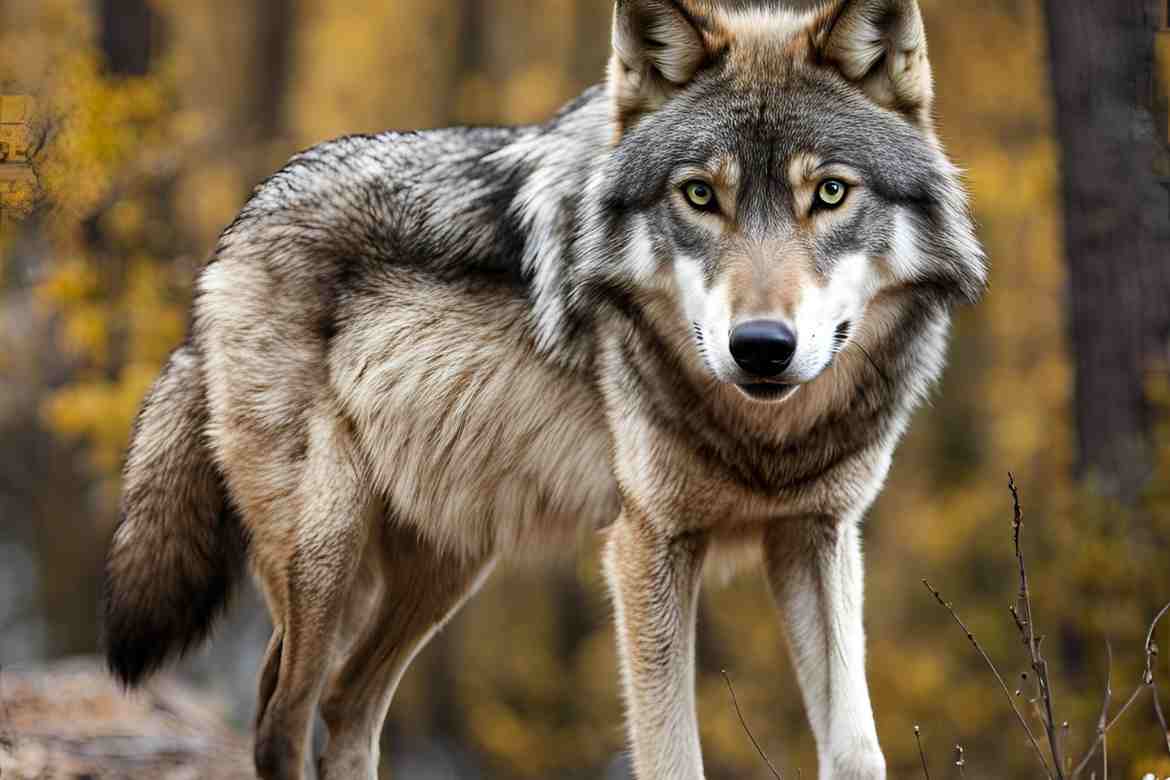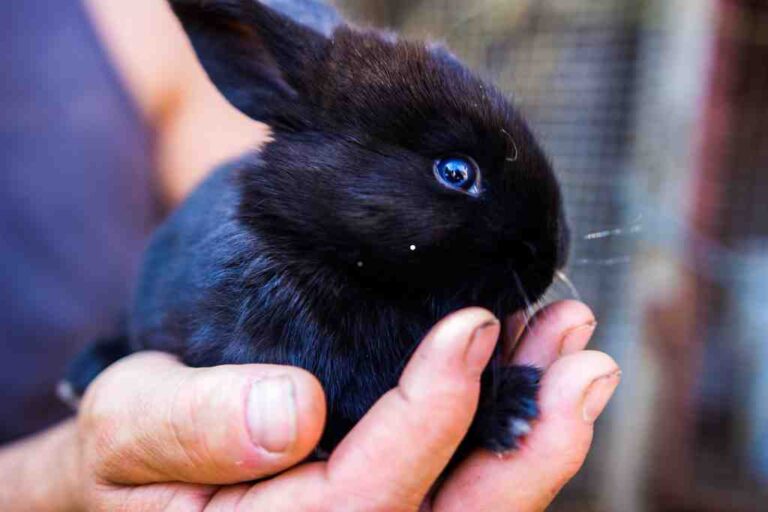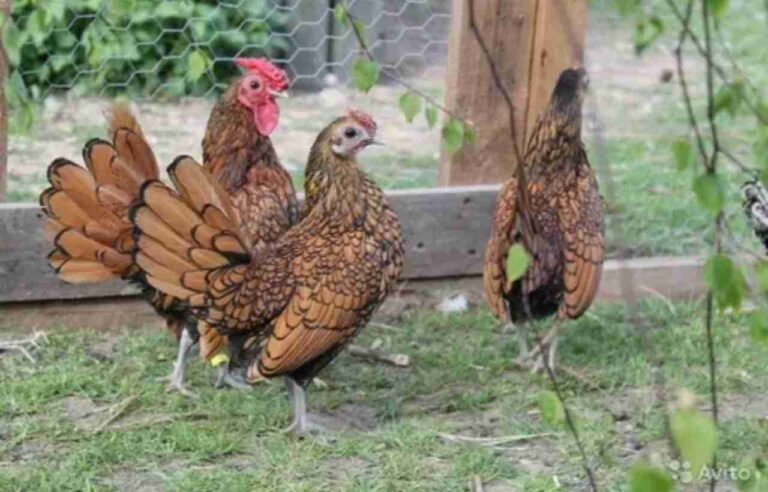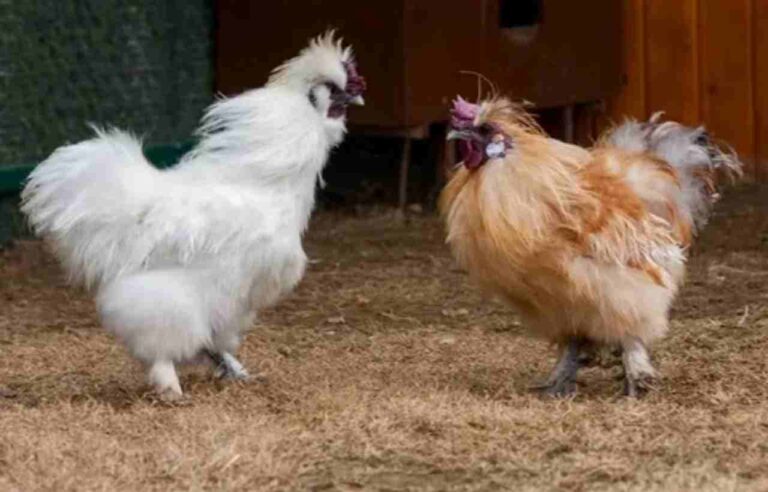Interesting Facts About Wolves: Can Wolves Purr?
In the quiet of the wilderness, one might expect to hear the haunting howl of a wolf echoing through the trees, but what if I told you that these majestic creatures possess a softer side? The question Can wolves purr? may seem far-fetched at first, yet it invites us to explore the rich tapestry of vocalizations and behaviors in the animal kingdom. While purring is often associated with our feline friends, wolves communicate in ways that can be just as nuanced and intriguing.
Imagine standing on a misty mountain ridge as a pack gathers nearby, their voices weaving together in harmonious calls—could there be more to their communication than we realize? As we delve into this captivating inquiry, we’ll uncover not only the mechanics behind wolf sounds but also what they reveal about social bonds and survival strategies in this apex predator’s world. Join us on this journey into wildlife communication as we unravel whether wolves indeed have a hidden talent for purring.
What Sounds Do Wolves Make?
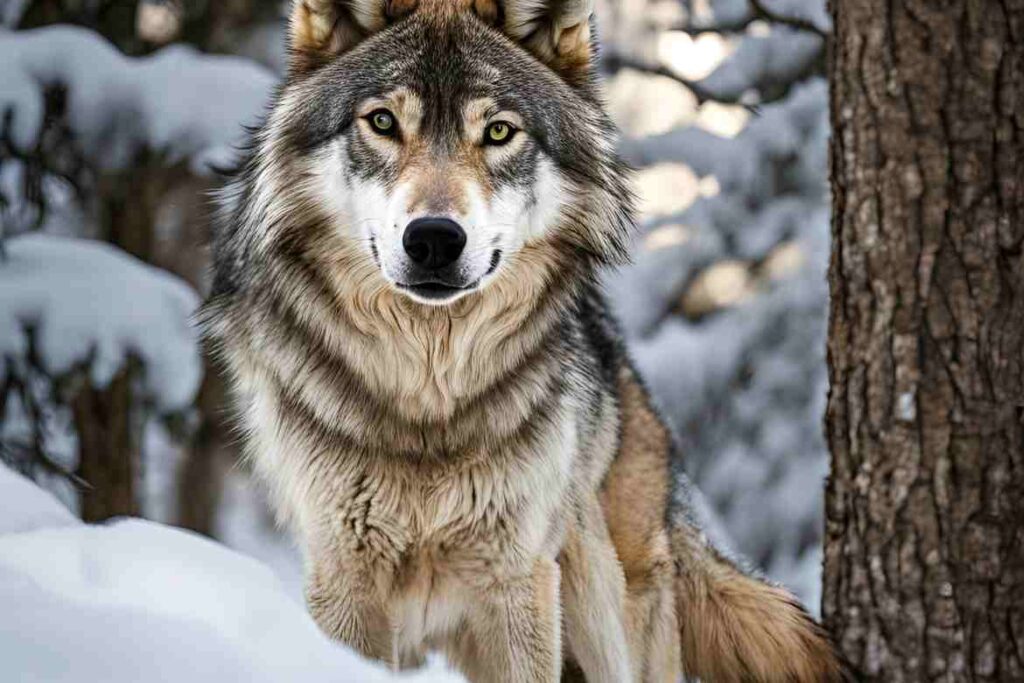
Wolves are highly social animals, known for their complex communication systems within packs. Unlike domesticated dogs, wolves use a variety of vocalizations, body language, and scent marking to communicate with each other. Their sounds are not only expressions of emotion but also serve practical purposes like signaling danger, coordinating hunts, and reinforcing pack bonds. Wolves’ vocalizations are unique and can vary depending on the situation, environment, and specific needs of the pack. Here, we explore the different sounds wolves make and what they mean.
Howls
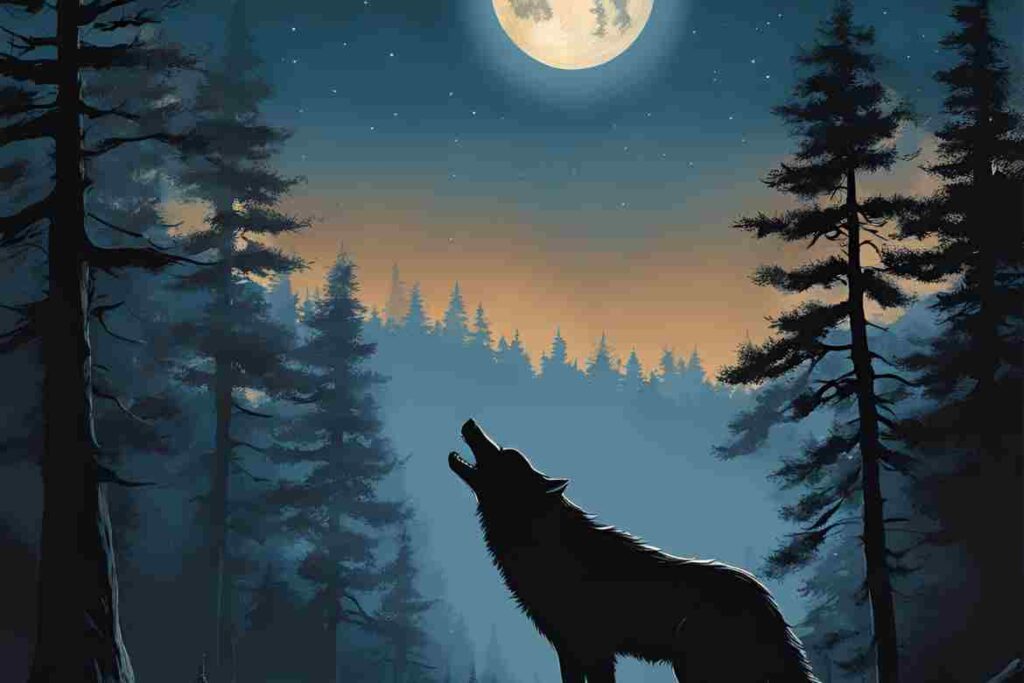
Howling is perhaps the most iconic sound associated with wolves. Wolves howl for a variety of reasons, such as communicating with other members of the pack or signaling their location. Howling can also be used to mark territory and warn other wolves to stay away. This long, mournful sound can travel over long distances, which helps wolves keep in touch with their pack members, especially in dense forests or vast open areas. Additionally, howling can serve as a group activity, strengthening the bonds within the pack and coordinating movements during a hunt.
Barks
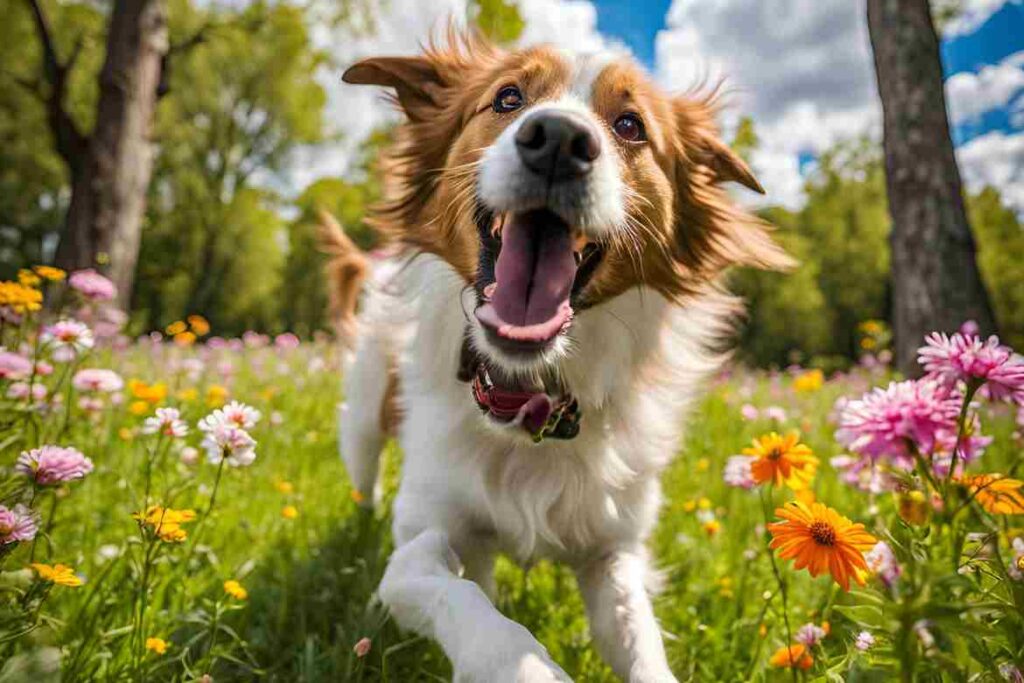
While wolves do not bark as frequently as domesticated dogs, they do use barking in specific situations. Barking is typically used to alert the pack to danger, such as the presence of predators or unfamiliar animals. It can also serve as a way to communicate excitement or to get the attention of other pack members, especially when wolves are excited or anticipating food. Barking tends to be sharper and more abrupt than howling, and it is often short in duration.
Explore more info about: How Many Crows Make A Murder?
Growls

Growling is another important sound wolves use to communicate, especially in situations involving aggression, defense, or dominance. When a wolf growls, it usually serves as a warning to others, signaling that they should back off or that they are encroaching on the wolf’s space. Growling can also be heard during conflicts between pack members or when defending food or territory. It’s a low, guttural sound that conveys strength and authority, helping to establish social hierarchies within the pack.
Explore more info about: what do bichon frise usually die from?
Whines
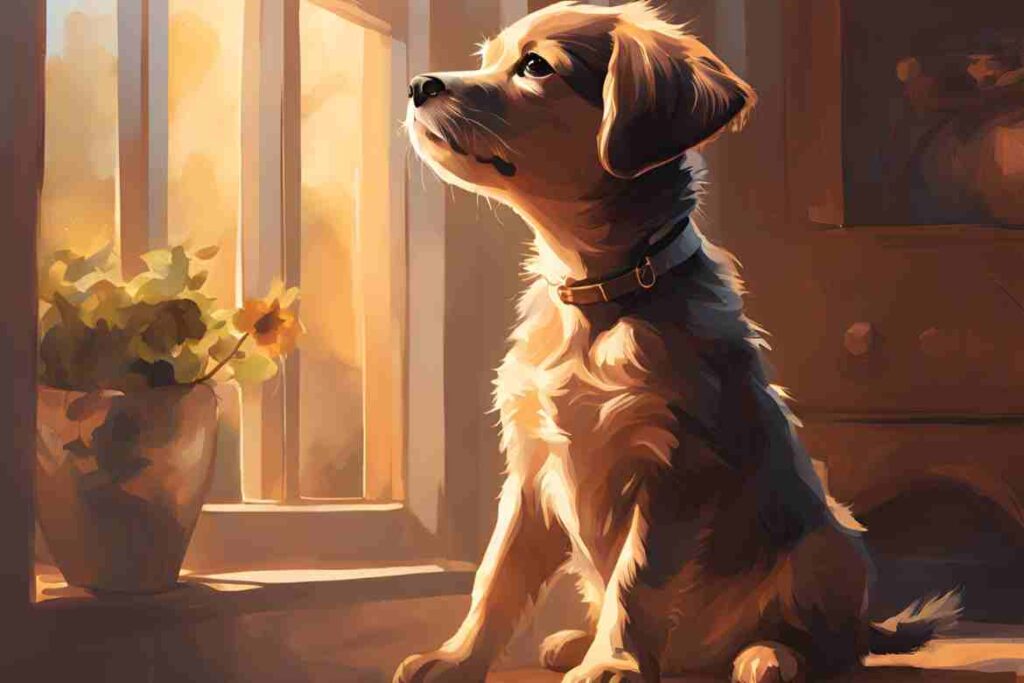
Whining is a softer, higher-pitched sound that wolves make, often in situations of submission, distress, or when seeking attention. Pups and younger wolves will often whine to attract the attention of adult wolves, especially when they are hungry or need assistance. Whining can also be heard in situations of anxiety or when wolves are separated from their pack. It’s a less aggressive sound compared to growling, and it often signifies a need for comfort or reassurance.
Explore more info about: can chickens eat broccoli?
Why Do Wolves Howl At Night?
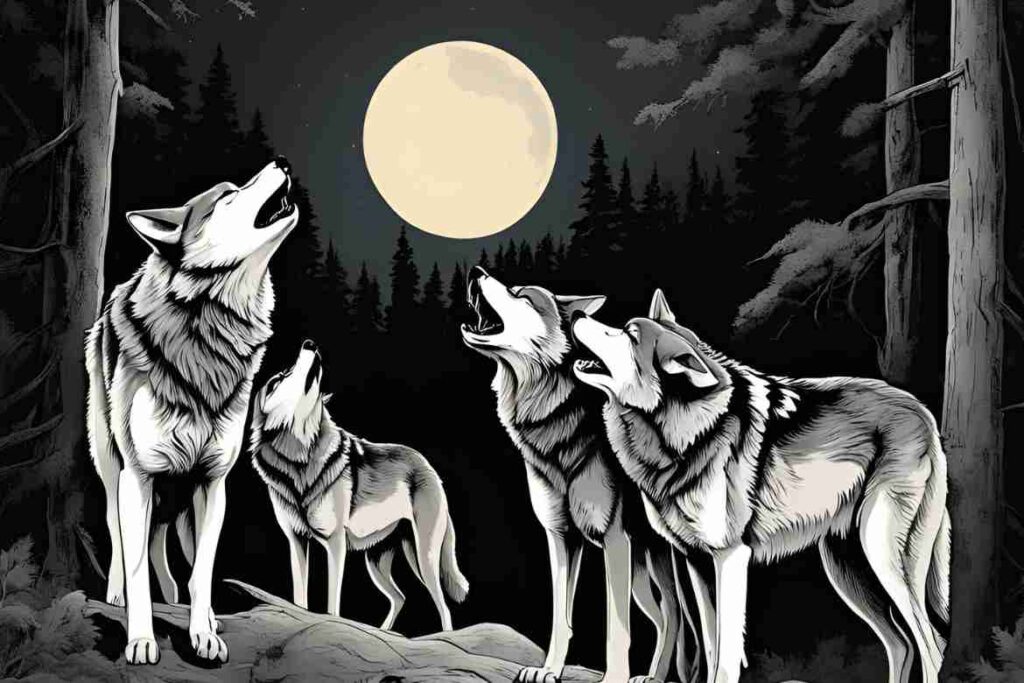
Wolves are often associated with howling at night, though this is more a misconception than a biological necessity. Wolves do howl more frequently during the evening hours, but they are not exclusively nocturnal creatures. The reason wolves are often heard howling at night has to do with the acoustic properties of their environment. The cool, quiet nighttime air carries sound farther, allowing the howls to travel over greater distances. Additionally, nighttime howling helps wolves coordinate with other pack members who might be spread out over a large area. By howling at night, wolves ensure that their pack stays together and can locate each other more easily.
Why Can’t Wolves Purr?
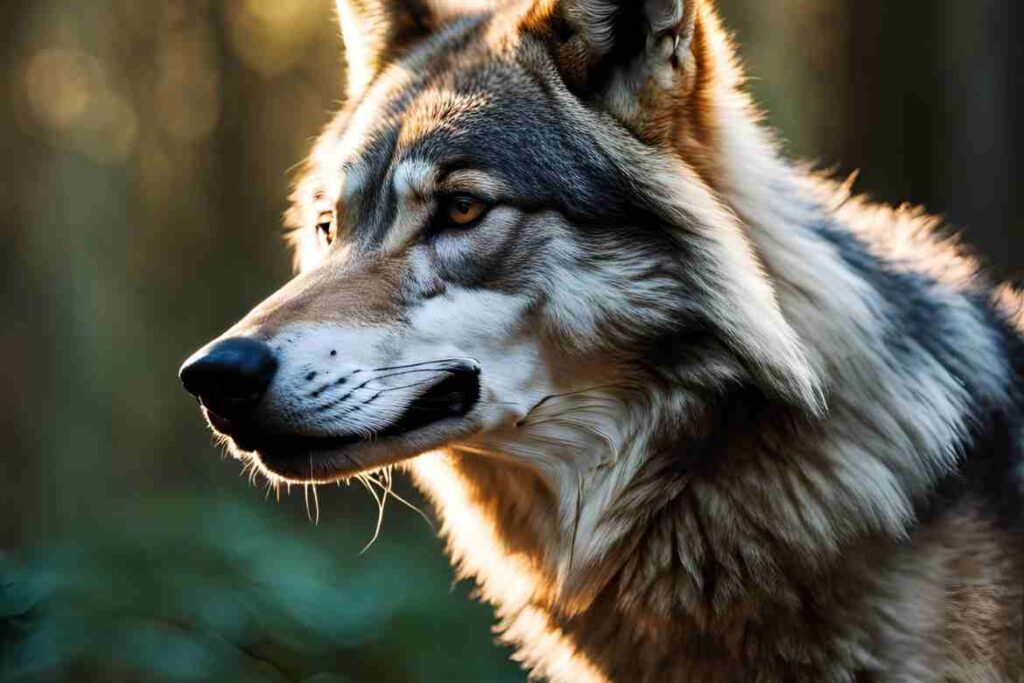
Unlike domestic cats, wolves cannot purr. Purring is a specific vocalization that is produced by domestic cats and a few other species, including some big cats like cheetahs and cougars. The purring sound is created by the rapid twitching of the muscles within a cat’s larynx, a process that wolves do not possess. Wolves, being part of the canid family, lack the physical mechanism to produce a purring sound. While wolves can make other vocalizations to express contentment or relaxation, purring is not among them.
How Do Wolves Communicate With Each Other?
Wolves communicate with each other using a combination of vocalizations, body language, and scent marking. Vocalizations, such as howls, growls, barks, and whines, serve as verbal signals to pack members about their whereabouts, intentions, and emotions. Body language, such as tail position, ear orientation, and facial expressions, plays a key role in showing dominance, submission, or affection. Wolves also use scent marking by urinating or rubbing their bodies against objects to mark territory, communicate their presence, and leave signals for other wolves. This multi-faceted communication system is essential for maintaining pack cohesion and coordinating activities like hunting, defense, and mating.
How Do Wolves Show Affection?
Wolves, like many social animals, form strong bonds with pack members and show affection in several ways. These affectionate behaviors are essential for maintaining the social structure of the pack and ensuring cooperation. Wolves may nuzzle each other, lick each other’s faces, or engage in mutual grooming as a sign of affection. They also engage in playful behavior, especially with younger pack members, to reinforce their social bonds. Affectionate interactions within the pack help reduce tension and promote a sense of unity.
Do Wolves Cuddle?
Yes, wolves do cuddle, particularly with members of their pack. Cuddling is a way for wolves to maintain close bonds and stay warm, especially in cold climates. Wolves are often seen lying together, touching or snuggling in a pile. This behavior is not only about warmth but also about social cohesion. Cuddling helps reinforce trust, reduce stress, and promote relaxation within the pack. These close physical interactions are crucial for maintaining the strength and unity of the pack, which is vital for survival.
Final Words
Wolves are fascinating creatures, and their ability to communicate with each other through vocalizations, body language, and scent is an essential aspect of their survival. Their howls, barks, growls, and whines serve distinct purposes, from coordinating hunts to signaling danger or affection. Understanding how wolves communicate helps us appreciate their complexity and their role in the ecosystem. While they can’t purr like cats or humans, wolves have developed their own unique ways of expressing themselves, and their vocalizations and behaviors remain an important part of their identity.
- Mexican Red Headed Bird: A Brilliant Avian Wonder - January 16, 2025
- Can Turkeys Eat Bread? - January 15, 2025
- crocodile and plover bird relationship articles for students - January 12, 2025

